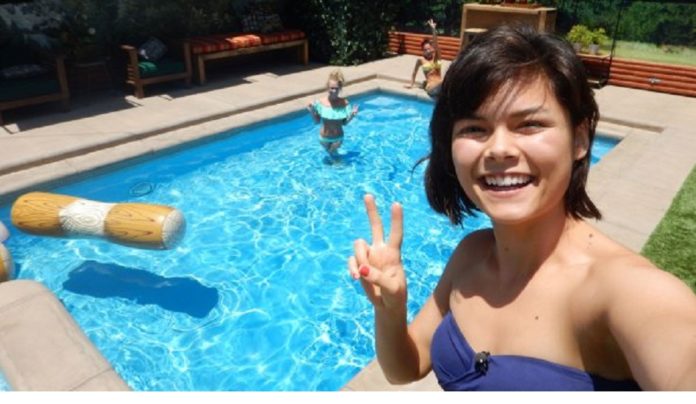Who is Michael Faraday ?
# English scientist, Michael Faraday was born on 22 September 1791.
# He was responsible to the study of electromagnetism and electro chemistry.
# His foremost discoveries include the principles underlying electromagnetic induction, diamagnetism and electrolysis.
# Faraday was one of the most influential scientists in history despite receiving little formal education.
# He established the foundation for the concept of the electromagnetic field in physics on the basis of his research on the magnetic field around a conductor carrying a direct current.
# He also established that magnetism could affect rays of light and that there was a fundamental relationship between the two phenomena.
# Likewise he also discovered the principles of electromagnetic induction and diamagnetism along with the laws of electrolysis.
# The foundation of electric motor technology was formed on the basis of his inventions of electromagnetic rotary devices and it was mainly due to his hard work that electricity could be used practically in technology.
# As a chemist, Faraday discovered benzene, investigated the clathrate hydrate of chlorine, designed an early form of the Bunsen burner and the system of oxidation numbers, and popularised terms like “anode”, “cathode”, “electrode” and “ion”.
# Faraday ultimately became the first and foremost to get lifetime position at the Royal Institution of Great Britain as a Fullerian Professor of Chemistry.
# Faraday was an excellent experimenter who expressed his ideas in clear and simple language.
# However his mathematical abilities did not extend as far as trigonometry and were restricted to the simplest algebra.
# James Clerk Maxwell took the work of Faraday and others and summed it up in a set of equations which is accepted as the basis of all modern theories of electromagnetic phenomena.
# The farad, The SI unit of capacitance is named in his honour.
# Having only the most basic school education, the young Faraday had to educate himself He became an apprentice to George Riebau, a local bookbinder and bookseller at the age of 14.
# Faraday read many books during his seven-year apprenticeship. The books include Isaac Watts’s The Improvement of the Mind.
# It was then when he also developed an interest in science, especially in electricity.
# Faraday was mainly motivated by the book Conversations on Chemistry by Jane Marcet.
# The University of Oxford granted Faraday an honorary Doctor of Civil Law degree in June 1832.
# He turned down the opportunity of being a knighthood in recognition for his services to science, due to religious belief, believing that it was against the word of the Bible to collect riches and chase worldly reward.
# He stated that he preferred to remain “plain Mr Faraday to the end”. He even refused to become President of the Royal Society, twice.
# In 1838 He was even elected as a foreign member of the Royal Swedish Academy of Sciences, and in 1844 he was one of the eight foreign members elected to the French Academy of Sciences.
# In 1849 he was selected as an associated member to the Royal Institute of the Netherlands, where he was later made foreign member.
# Faraday refused to participate when asked by the British government to advice on the production of chemical weapons to use in the Crimean War (1853–1856), due to ethical reasons.
# Regarding his work on static electricity, Faraday’s ice pail experiment established that the charge resided only on the exterior of a charged conductor, and exterior charge had no influence on anything enclosed within a conductor.
# This is because the exterior charges redistribute such that the interior fields emanating from them cancel one another.
# This shielding effect is used in what is now known as a Faraday cage.
# A statue of Faraday stands in Savoy Place, London, outside the Institution of Engineering and Technology.
# Also in London there exists the Michael Faraday Memorial, designed by brutalist architect Rodney Gordon and completed in 1961, Faraday School, Faraday Gardens.
# Many places in various places have been named after him.
# The tenth episode of the 2014 American science documentary show, Cosmos: A Spacetime Odyssey was focused on Faraday’s life and contributions to electromagnetics which was broadcast on Fox and the National Geographic Channel.
# Faraday passed away on 25 August 1867 at the age of 75 in Hampton Court.
# He has a memorial plaque in Westminster Abbey, near Isaac Newton’s tomb.





